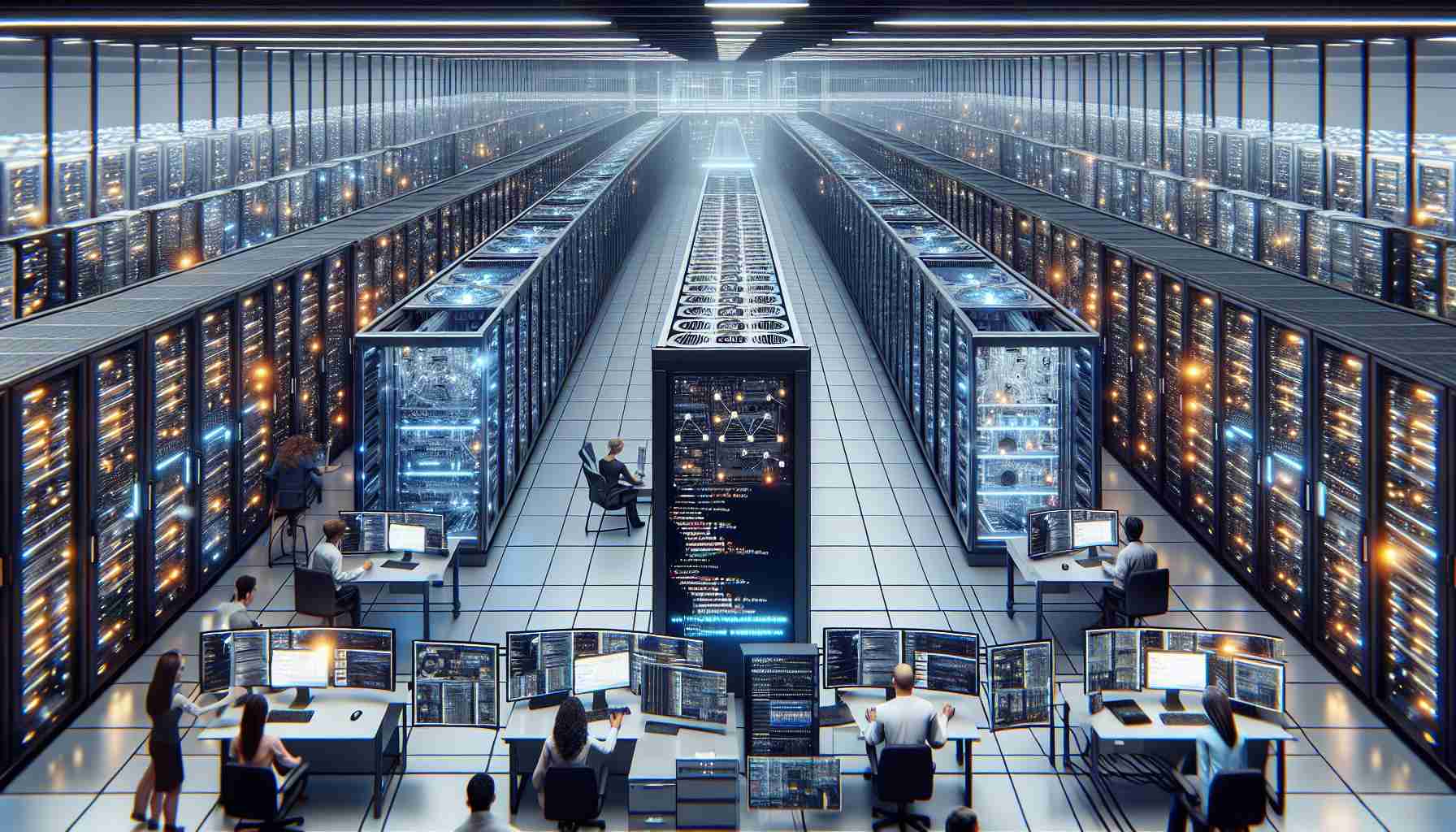The European Union takes a progressive step toward tech innovation by enhancing its high-performance computing regulations. Member States have politically agreed to extend support for Artificial Intelligence (AI) services within the EuroHPC initiative. This landmark decision positions Europe as a hub for cutting-edge computational resources tailored to the transformative powers of AI.
Targeted revisions aimed at boosting AI capabilities will see EuroHPC, the Joint European Endeavour for High-Performance Computing, embrace a new objective: facilitating AI services. Accompanying this strategic direction is the establishment of a data center and AI-focused supercomputing services. This infrastructure is set to be a catalyst for burgeoning European businesses, aiding them in refining their AI models.
Spread across the continent, nine supercomputers serve as technological pillars, with one located in Barcelona. The revised regulation ensures equal access to AI-optimized supercomputing, broadening its reach to more users from both the public and private sectors. It’s not just established organizations that stand to benefit; the agreement specifically champions the involvement of start-ups and SMEs in the AI supercomputing scene.
Furthering investment in high-tech resources, the agreement outlines financial support for hosts of these supercomputers. Host entities will receive up to half of the acquisition costs as well as up to 50% of operational expenses, easing the financial burden and incentivizing the growth and application of AI across Europe. This move is a testament to the EU’s commitment to fostering a competitive edge in the global tech landscape.
Key Questions and Answers:
1. How will the expanded high-performance computing support AI development in the European Union (EU)?
– The expansion under the EuroHPC initiative will provide infrastructure crucial for AI research and development, including AI-optimized supercomputers and services. This facilitates faster and more efficient processing of complex data sets and training of AI models, which is essential for innovation and advancement in the field.
2. What are the key challenges associated with the European Union’s initiative?
– Adapting the infrastructure for rapidly evolving AI technology, ensuring cybersecurity and data privacy, and managing the cost of maintaining and upgrading supercomputing facilities are substantial challenges. Balancing access among member states and preventing a technology divide is also critical.
3. Why is it important for start-ups and SMEs to have access to high-performance computing?
– Access to high-performance computing levels the playing field, allowing start-ups and SMEs to innovate and compete with larger companies that typically have more resources. It enables them to refine AI processes and products, which is essential for business growth and fostering a robust, diverse tech ecosystem.
Key Challenges and Controversies:
– Data Sovereignty: There is an ongoing concern regarding data sovereignty amidst increasing global data flows. Ensuring that data processed in these supercomputing centers adhere to EU regulations and do not compromise member states’ interests is imperative.
– Accessibility and Fair Allocation: Equal access to computing resources for all EU countries is crucial but challenging, especially when considering the varying levels of infrastructure and technological development across the EU.
– Energy Consumption: Supercomputing centers consume significant amounts of energy, posing sustainability concerns and prompting the need for green solutions in HPC infrastructure.
Advantages and Disadvantages:
– Advantages:
– Innovation: The initiative is expected to encourage research and development in AI by providing the necessary computational resources.
– Competitiveness: By investing in high-performance computing, the EU aims to become a leader in the AI space and compete globally.
– Economic Growth: Boosting AI capabilities could lead to economic growth, with businesses exploiting new opportunities for efficiency and product development.
– Disadvantages:
– Cost: High initial investment and ongoing operational costs for maintaining and upgrading supercomputers can be significant.
– Technical Challenges: Adapting to the fast-evolving AI industry requires continuous investments in newer technologies, which can be a complex process.
– Energy Consumption: Supercomputing is energy-intensive, and finding energy-efficient solutions that align with the EU’s green policies is a challenge.
If you would like further information, the website of the EuroHPC initiative may be helpful. Please make sure you are referring to the official and current domain for verified information.
The source of the article is from the blog guambia.com.uy
